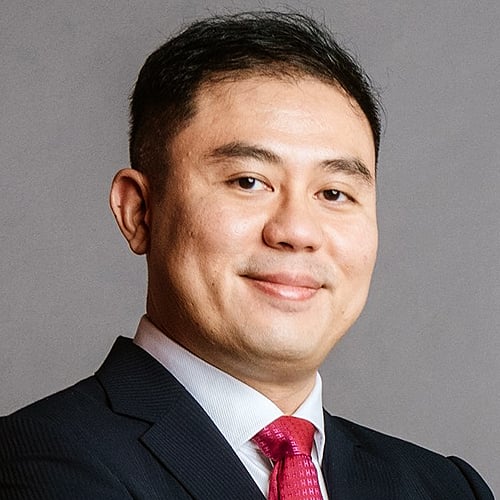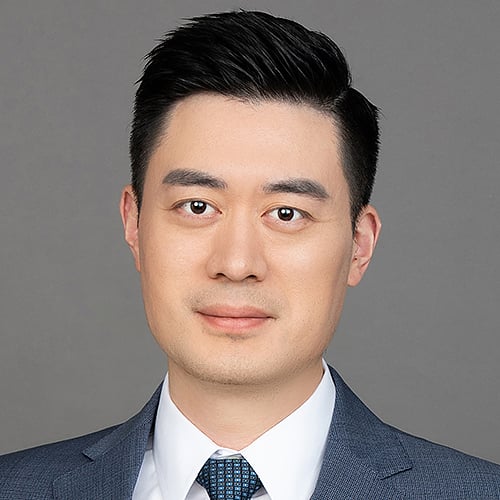It used to be that exchange traded funds (ETFs) were one of the last asset classes that wealthy Asian private banking clients would consider for their portfolios. But a combination of recent trends is pushing ETFs into the fastest growing asset class among private bank clients in the region.
One such trend is the convergence of business models private banks used in Asia with those adopted from the US and Europe. The convergence in business models has resulted in the increasing use of discretionary portfolio management by private bank clients in Asia.
“We see a need for European private banks to streamline their business models. The private banking model that they’re implementing in Europe now, they also see a need to do that in Asia. There are compliance reasons and scale reasons for that and ultimately it’s good for end clients,” says Geir Espeskog, head of distribution for Asia-Pacific at BlackRock-iShares in an interview with The Asset.
Another industry trend is the ongoing consolidation in the private banking sector in the region. The merged entities often see a need to offer scalable solutions for clients given increasing competition in the market.
“In a fee-based environment or in a discretionary portfolio environment, ETFs fit very nicely because they fill certain areas in asset management by providing diversification and performance. Also, the low cost associated with ETFs means they are very attractive to clients who are already paying discretionary fees or a fixed fee for having a private banking relationship,” says Espeskog.
One other trend is the emerging generational shift among private bank clients in Asia. Family wealth is being transferred from the first generation wealth creators to the younger generation. Espeskog cites that the younger generation are more open to outsourcing the management of their wealth to private banks and other third party wealth managers more than their parents.
“Instead of building their own portfolio of high conviction, single stocks, clients are becoming more open to working on constructing, for instance, a very low-cost core global portfolio for diversification purposes and then adding alpha pockets of individual securities of really active funds, on top of that. It’s really being more open to input from third party managers in terms of how to construct good and low cost diversification in their portfolios,” says Espeskog.
Last year, BlackRock-iShares ETFs experienced net inflows of US$1.5 billion from the private banking segment in Asia, mostly from Hong Kong and Singapore – the region’s private banking centres.
That accounted for 25% of the total net inflows for Asia, amounting US$6.2 billion in the period.
“This distribution channel is continuing to grow and we’re seeing a similar growth phase in 2017. From what we can see it’s not stopping. So there really are some cool trends in this market,” Espeskog says.
In response to client requirements, some private banks are adopting an ETF-only discretionary model portfolio built entirely with iShares ETFs. “This is a Singaporean private bank looking for something slightly different from their traditional model portfolio offering for their clients,” Espeskog says.
Private banks in Asia are using ETFs primarily for asset allocation and as a means of implementing some tactical strategies for their clients’ global equity portfolios.
“Given that they use ETFs predominantly for asset allocation plus some tactical tilts around their core portfolios, their main exposures are actually plain vanilla ETFs – S&P500, China, Taiwan, Dax, Japan, Stoxx, Korea, and FTSE. So basically you have global equity indices that go into a global equity portfolio,” says Espeskog.
Investors now look at ETFs as a way to get global diversification at relatively low costs as well as a means to enhance asset allocation.
“We see this more and more. Operationally it’s very easy for investors to manage a large number of stocks and bonds with only a few ticklers in your portfolio because each ETF may contain thousands of stocks or bonds,” he adds.
ETFs can also enhance the performance of a portfolio through investment solutions tailored to meet the requirements of the portfolio.
“The reality is that if you look at what drives the performance in a portfolio, asset allocation is really the main driver of long-term performance. Getting their asset allocation right drives long-term performance anywhere from 70-95%. So that could be done with ETFs,” says Espeskog.









